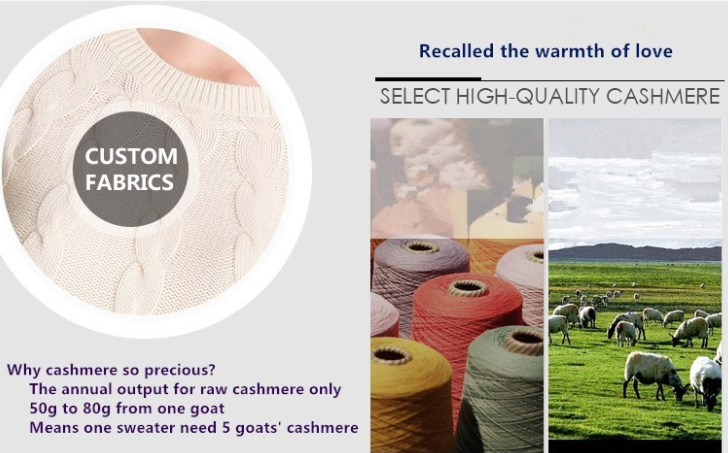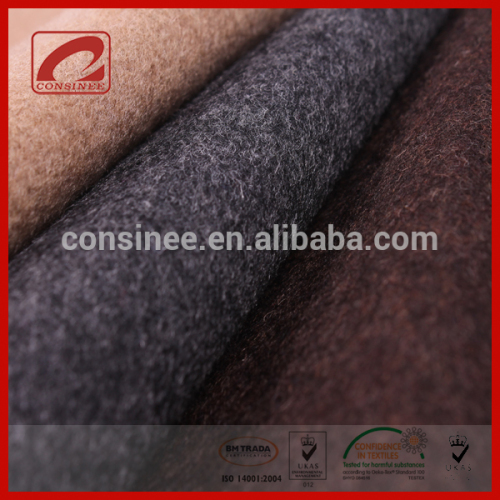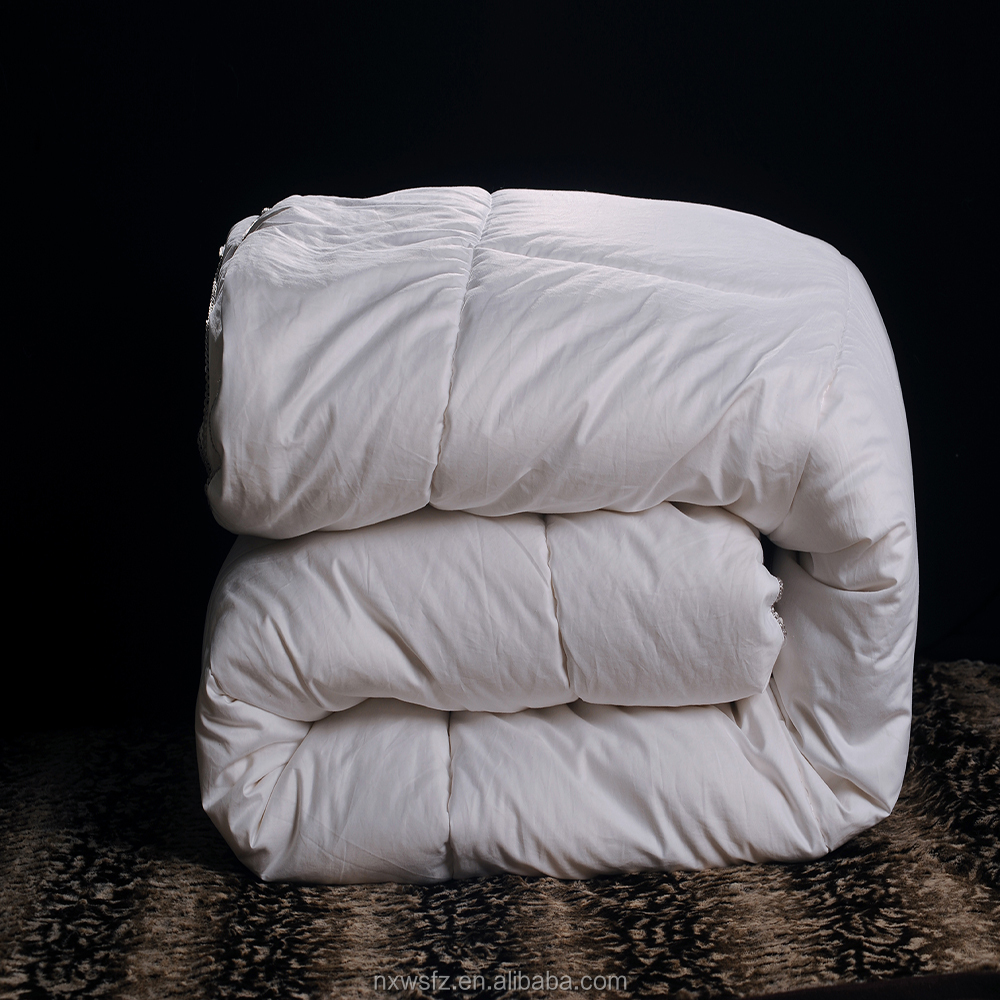Title: The Unique Properties of Wool and Cashmere
Wool and cashmere are two unique fibers that offer a range of benefits in clothing and textiles. Wool, which comes from sheep, has natural elasticity and resistance to water, making it ideal for use in outerwear and warm-weather clothing. Cashmere, on the other hand, is derived from cashmere goats and is renowned for its softness and warmth. It is often used in luxury clothing and accessories.Both wool and cashmere are sustainable and biodegradable, making them environmentally friendly options for clothing and textiles. They are also hypoallergenic, meaning they are less likely to cause allergic reactions in sensitive individuals. Additionally, wool and cashmere are both fire-resistant, providing an extra layer of protection in case of a fire.In conclusion, wool and cashmere offer a range of benefits that make them ideal for use in clothing and textiles. They are sustainable, hypoallergenic, and fire-resistant, making them a safe and environmentally friendly choice for consumers.
Wool and cashmere are two natural fibers that have long been used in clothing and textile manufacturing. While both fibers are derived from animals, they possess distinct properties that set them apart from one another. In this article, we will explore the unique characteristics of wool and cashmere, as well as their respective applications in the fashion and textile industries.
Wool is a fiber derived from sheep and is one of the most widely used natural fibers in the world. It has a number of properties that make it an ideal material for clothing and textiles. Firstly, wool is an excellent insulator, providing warmth without adding significant weight to clothing. This property makes it particularly suitable for cold weather clothing and blankets. Secondly, wool has a natural elasticity that allows it to retain its shape and texture even after being stretched or compressed. This ensures that woolen garments will maintain their appearance and comfort over time.

Another notable property of wool is its flame retardant nature. Wool does not easily burn, providing a natural barrier against fire. This makes it a safe material to use in clothing and textiles, reducing the risk of fire-related accidents. Additionally, wool is also hypoallergenic, meaning that it does not cause allergic reactions in most people. This makes it a good choice for those with sensitive skin or allergies to certain materials.
Cashmere is a fiber derived from cashmere goats and is one of the most luxurious and expensive natural fibers in the world. It possesses many of the same properties as wool, but to a greater degree. Cashmere is an even better insulator than wool, providing exceptional warmth and comfort. It also has a higher level of elasticity, allowing it to retain its shape and texture even after being stretched or compressed. This ensures that cashmere garments will maintain their appearance and comfort for longer periods of time.

Another property of cashmere that sets it apart from other fibers is its softness and texture. Cashmere fibers are much finer than those of wool, resulting in a smoother and more luxurious feel. This makes cashmere an ideal material for clothing and textiles that require a high level of comfort and luxury, such as sweaters, scarves, and gloves.
Both wool and cashmere have their own unique properties and applications in the fashion and textile industries. Wool is a more common and affordable fiber that provides warmth, comfort, and durability. Cashmere, on the other hand, is a more luxurious and expensive fiber that provides exceptional warmth, comfort, and softness. Depending on the specific needs and preferences of consumers, either fiber can be a good choice for clothing and textile manufacturing.

Articles related to the knowledge points of this article:
Top Brands of Down Jackets: A Stylish and Functional Fashion Choice
Title: The Art of Tie Tying: How to Pronounce ties in Different Countries
Processing Feather Duvets: A Detailed Guide



